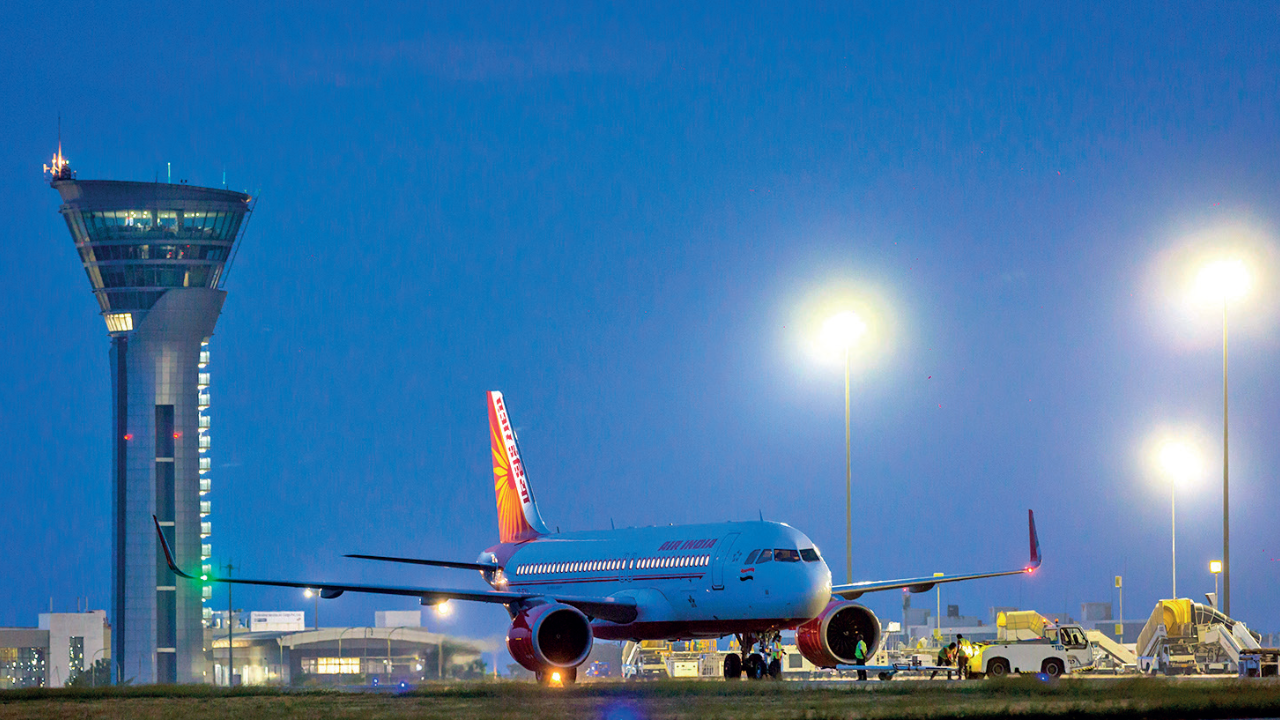Introduction:
2020 has been a year of turmoil in many aspects, including the travel industry. The pandemic has led to widespread cancellations, quarantine restrictions, and a significant slump in travel demand. But as we look towards the future, the outlook for travel is increasingly optimistic. With the rollout of vaccines, the desire to travel after being cooped up for so long, and many people feeling pent-up demand for vacations, we are already seeing growing interest in travel. However, even though travel demand is surging, the supply is still limited. This blog post will explore the reasons for this supply crunch and the possible solutions to help travel businesses meet the growing demand.
The impact of the pandemic on the travel industry:
The pandemic has caused significant disruptions to the travel industry, with many countries imposing quarantine restrictions, travel bans, and border closures. The International Air Transport Association (IATA) predicts that the full recovery of the airline industry may take until 2024. Furthermore, many airports are still operating at reduced capacity, and social distancing measures make it challenging to resume pre-pandemic passenger volumes.
Limited workforce:
COVID-19 has caused significant layoffs in the travel industry, which also creates a challenge for resuming regular operations. Even if countries remove travel restrictions, airlines, hotels, and other service providers may not have enough trained personnel to manage the operations due to downsizing in the past year. This deficiency in human resources can lead to longer waiting times, reduced service quality, and even safety concerns.
Supply chain disruptions and capacity limits:
Various supply chain disruptions have affected the travel industry. Manufacturers have been scaling back production due to lower demand for airline hardware or hotel equipment. This reduced supply can cause delays in normal schedules for upgrading and expanding facilities, especially those in high-traffic areas. It is also important to mention that there are still capacity limits to deal with such as airlines cannot fly at capacity due to social distancing norms, and hotels need to follow protocols for safe operations, which limit the number of rooms available.
The role of technology:
Technology has become increasingly important for travel businesses as they look to improve efficiency, engage with customers, and reduce costs. The growth of contactless technology, such as mobile check-ins and payments, can help travel providers reduce touchpoints that can spread the virus among travelers, and it has already helped many businesses to adapt to the new normal. Online booking systems, artificial intelligence, and other tools will be crucial to provide a safe and seamless travel experience for customers, particularly as demand picks up.
The way forward:
As we move forward with tentative optimism, we must take steps to ensure that the travel industry can thrive once again. Governments could provide assistance to travel providers to kick start the recovery through grants or low- or no-interest loans to allow for hotel construction, airline fleet expansion, or other investments that can improve supply. Businesses can look for ways to adapt to the changing landscape, offering incentives and innovative service offerings to entice travelers to return.

Conclusion:
Even though travel demand is surging in 2023, supply is still limited. The pandemic has caused significant disruptions to the travel industry that can lead to workforce shortages, supply chain disruptions and capacity limits. Even though technology can help improve the situation, many of the problems that plague the industry require creative solutions and significant investment. Addressing these challenges with innovation, smart technology, and government support will be critical for the travel industry, enabling it to meet the demand of travelers eager to explore new destinations after the pandemic ends. As a traveler, be sure to be patient and flexible as the industry works to get back on its feet and remember to always prioritize safety and social distancing as we travel. Together, we can get through these challenging times and ensure that the travel industry is better and stronger than ever before.